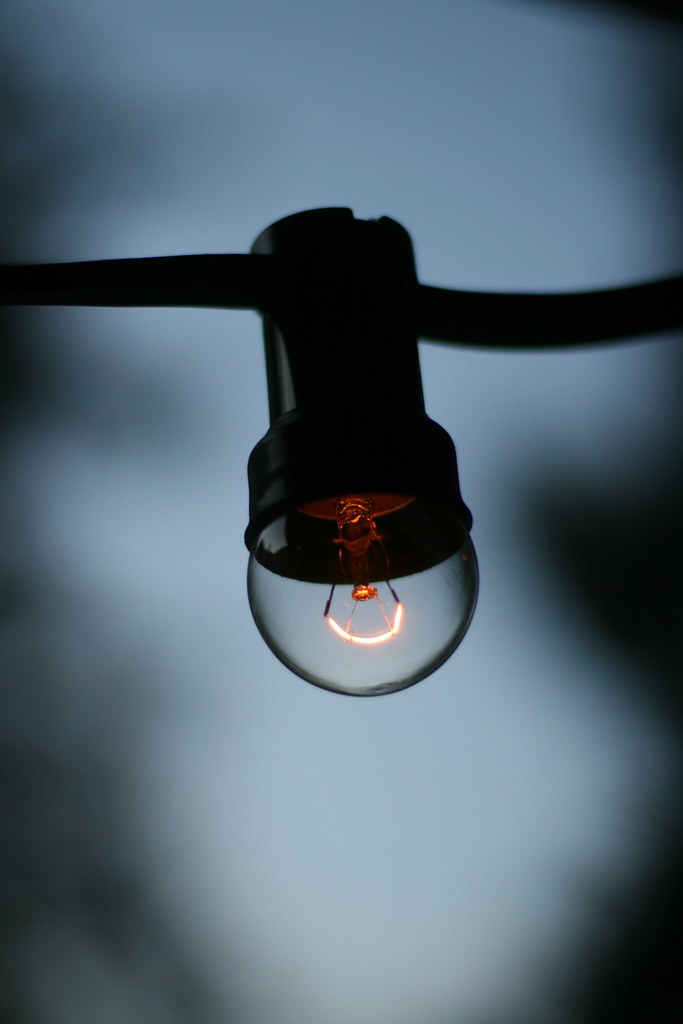This year’s electricity spot prices are around 60% higher on average than a year earlier. The increase is playing havoc with more than just household and business power bills. It’s also upending several market structures.
The hallmark of Japan’s quick rollout of renewable energy over the last decade, which saw a tripling in solar capacity, was the feed-in tariff (FIT). The FIT’s fixed price made securing finance for new projects straightforward. And, the system was paid for by a surcharge in consumer electricity bills.
For years, the FIT was higher than the wholesale power price, leaving the consumers to bridge the gap between green policy support and market realities through ever- larger bills. To prevent this from spiraling, METI always meant to flip the narrative, gradually moving renewables to market-based pricing. As such, the officials amended the FIT law to set the wheels in motion for change from spring 2021.
This year’s energy crisis, however, has greatly accelerated the structural shift. And while developers recalibrate to new conditions, companies that signed up to sell more green electricity than they can generate are caught off-balance. The FIT law change forces them to buy extra volumes at market prices. In contrast, legacy regional utilities are largely unaffected. In a worst-case scenario, the power market could move back towards an oligopoly.

